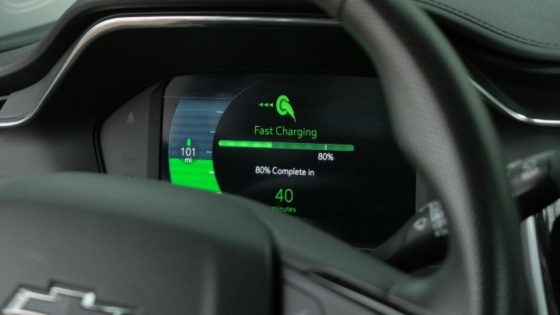By David Kipling, CEO – OEP Group
The old adage goes “You can’t manage what you can’t measure”, so what is the role of metering in driving a net zero strategy and is it fit for purpose ?
To start, you need data to understand your present position and formulate a strategy. You need to understand your energy performance and the condition of your real estate in order to understand the savings and generation opportunities to achieve net zero. So a natural step would be to consider installation of sub-metering ?
Perhaps controversially, I think the role of sub-metering is over-hyped. At least at present. Let me explain.
I led a team that deployed sub-metering across 15 factories in 5 countries for an international manufacturer. We had no BMS in most buildings, so no building performance data. We had no consistent data, and the fastest and best way to gain data was to retrofit metering. At the same time, we also installed latest generation wireless temperature monitoring to correlate with energy and climate data. In effect we developed an “over the top solution” we could drop into any of our factories globally.
The data coming from the metering and sensors was useful in formulating an initial plan, but we only scratched the surface in using all the data. There was simply too much data. Our management would have been overwhelmed if we had presented anything more than the high level outcomes, and the facilities were too busy focused on production to have the bandwidth to use it. My team didn’t have all the resources needed to really dive deep, and we could get enough information to formulate our initial strategy without digging too deep. So 99%+ of the data gathered was never used.
The sub-metering systems available today, in my view, lack the data interpretation tools to process and present all the data as well. They need to “translate” the data into usable analysis that is worthy of investigation. This should include identifying correlations, performance deterioration and highlighting emerging trends and issues within the data. Sub-metering needs to marry with BMS control logic in my view (and it doesn’t today). Without proper AI tools, sub-metering is very much a “needle in the haystack” tool. Equally without a dedicated team to use the data it’s a waste of money.
I often come across ESOS reports that directly associate energy savings with installing metering metering. But just installing metering doesn’t drive savings without somebody acting on the data. Unless you have people looking at the data, with authority to then act, and even reward based on performance then the data is pretty much useless. This is also why general management often views metering investment with scepticism as to its real value.
As we move forward towards net zero (or positive), we are going to need these tools to dig deeper and squeeze out the remaining savings. But we aren’t at that stage yet, in my view, and I doubt we will be for the next 10 years. In the meantime, I really hope the AI attributes of sub-metering improve to make them truly useful to facilities and energy management teams.
So what can you do towards net zero in the meantime?
We are working for several multi-site corporates on net zero strategy and implementation. The first steps have been to undertake utility meter level analysis, review their current position at each site in terms of energy infrastructure and policy, and establish benchmarks (external and internal) against which buildings and the overall organisation can be compared. In the process we have identified a series of measures covering scope 1 and 2 emissions with timing plans for their implementation (generally with a priority to reduce scope 1 emissions first).
This leads to (a) an understanding of their position against their competitors from an SECR reporting perspective; (b) a strategy for where they want their SECR reported performance to be going forward (with a view to gaining competitive advantage) and (c) a clear capital expenditure plan they can take to their Board. Also a clear understanding of the benefits of zero capex energy supply opportunities and how they could accelerate their carbon reporting position.
The role of an organisation such as mine is also to provide insights into new technology that may impact net zero strategies, and help our clients adapt their plans. Organisations (naturally) develop plans based on current knowledge of the options available to them. If new technology becomes disruptive to those plans, then adaption may be needed.
Net zero is going to require significant capital investment, often with measures that have longer project paybacks than is usual or with more perceived technical risk, neither of which currently tick the boxes needed for approval of capex. When the hydrogen “switch” comes, or step changes in heat generation and recovery happen, the capital investment needed will be at an unprecedented level. For these longer term measures, and newer technologies, an off-balance sheet energy supply agreement can play a significant role in enabling projects to happen. For example, we can enable 2-10 year payback measures to be implemented, where they wouldn’t normally meet ROCE thresholds, and we also do our own technical evaluations of the risks.
If you would like to discuss how to progress net zero or metering in your business, please contact David Kipling, CEO – OEP Group at david@on-site.energy (www.on-site.energy) or 0151 271 0037.






